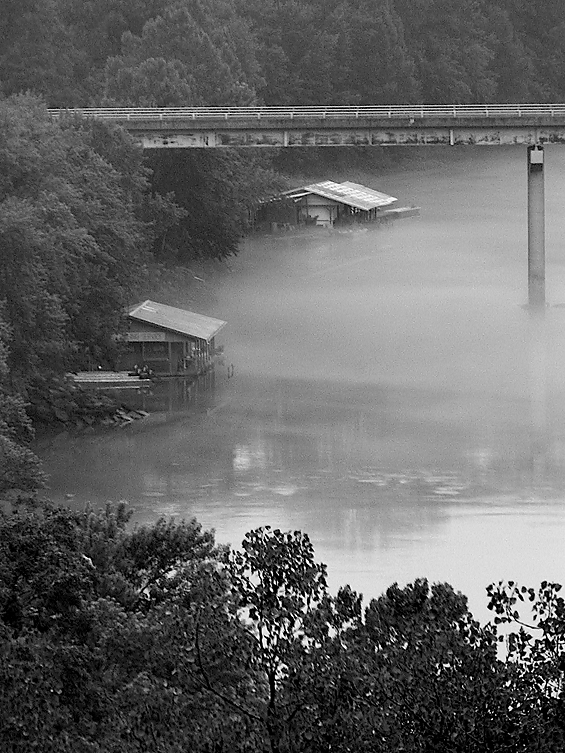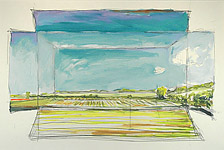|

Many do not realize that
Arkansas
has a long and vital role on our continent. As the Ice
Age ended, what is now Arkansas became an area rich in
water, forests and game. As early as 11,500 BC, the
climate and natural resources provided a stable environment
for Native Americans, encouraging the building of dwellings
and communities. When,
in 1541 AD, De Soto entered Eastern Arkansas (now known as
“the flood plains”), he encountered one of the largest and
most highly developed Indian settlements in all of North
America. However, over the following 150 years, these communities
completely vanished, due to diseases brought in by these
European explorers, and to extended droughts in the area.
Arkansas entered the United States as
part of the 1804 Louisiana Purchase, quickly becoming the
frontier for the “cotton kingdom” of the South. That
frontier was halted in 1811-12, when the New Madrid
Earthquakes and aftershocks caused extensive damage
throughout Northeast Arkansas - destroying forests, farms,
and settlements, and re-routing the Mississippi River, which
forms the eastern border. Large sections of dry land
sank in only a few moments, leaving much of Northeast
Arkansas a vast uninhabitable marsh, infested with
mosquitoes.
As early as 1850, the government began
to
realize the potential of the rich alluvial soil, and set
about draining the marshes to produce farmland. In 1879,
higher earthen levees were begun along the Mississippi River
to further protect the land. In 1879, it was also not unusual to
see the 20 mile stretch between Jonesboro and the
Mississippi as a solid sheet of water. Among those
areas flooded was Poinsett County - which was also the
hardest hit by the 1927 Flood, when 300,000 acres of that
county were under water.
Once more – in May 2011, Poinsett
County and Northeast Arkansas, where drainage ditches divert
the waters from the flooding Mississippi River through their
flood control canals (to empty downriver from Memphis) went
under water.
Not only did the water come from the
Missouri diversion canals to the north, but rivers flowed
backwards from the Mississippi River from the south – the
dual assault inundating the lands.
|



